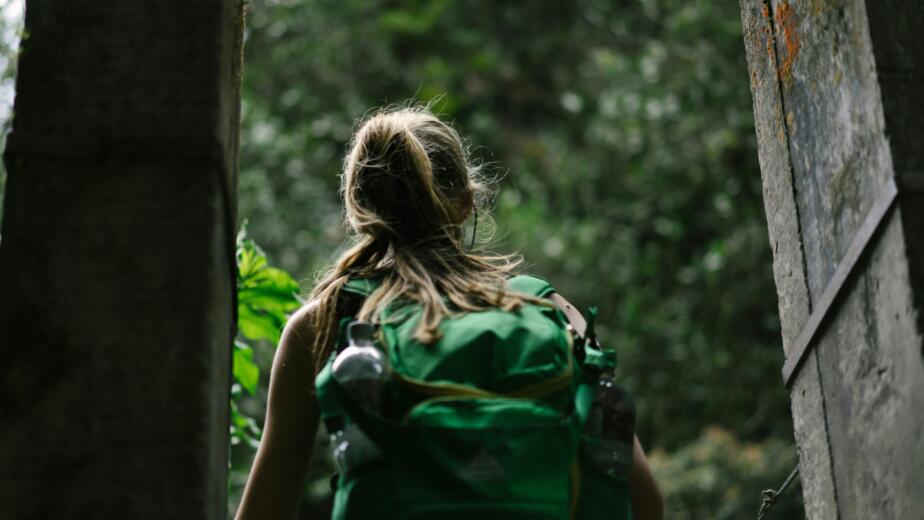Have you ever tucked yourself into a cozy corner of a café, steaming cup of artisanal coffee in hand, while the world rushed by outside the window? That was me one drizzly afternoon in Seattle, momentarily swept away by the rhythm of solo life. Just then, my phone buzzed. A quick glance revealed an email from my travel insurance provider—an anxious reminder that I had just four days left to file a claim for my lost suitcase. Ah yes, the suitcase that had vanished into thin air, along with my beloved collection of sunscreen and summer dresses.
Panic briefly set in, but then the thrill of adventure washed over me. Solo traveling can be unpredictable, but that’s part of the joy—learning to dance with the unexpected. If you’re gearing up for a solo trip in the U.S., it’s essential to protect yourself with travel insurance. Let’s break down how to find the right plan so you can explore with confidence.
1. Understand Your Needs
Start by thinking about what kind of trip you’re taking. Are you hiking in Zion, surfing in California, or exploring the galleries in Santa Fe? Some policies don’t cover adventure sports or high-risk activities. Others might be overkill for a city-hopping itinerary.
When I planned my solo road trip through the Rockies, I made sure to pick a plan that covered both emergency rescue and rental car mishaps. It gave me the freedom to take the scenic routes without second-guessing every twist and turn.
2. Check Coverage for Medical Emergencies
Even if you’re staying stateside, medical emergencies can be expensive. I learned this firsthand in New Orleans after a bad case of food poisoning hit me harder than expected. A policy that includes urgent care, ER visits, and even emergency evacuation is worth its weight in peace of mind.
Always check whether pre-existing conditions are covered and how claims are processed. Quick reimbursement and 24/7 access to assistance can make a huge difference when you’re on your own.
3. Look for Cancellation and Interruption Protection
Life happens. Flights get canceled, plans change, emergencies arise. During a last-minute trip to Puerto Rico, I had to cancel at the eleventh hour due to a family situation. Luckily, my insurance covered most of the costs.
Choose a policy that reimburses prepaid expenses in case you get sick, need to head home early, or if a major storm derails your itinerary. It’s not about expecting disaster—it’s about protecting your freedom to pivot.
4. Don’t Overlook Personal Property Coverage
We all have that one bag we’d be devastated to lose. For me, it’s the canvas tote filled with journals, a worn-in camera, and souvenirs collected across a dozen cities. On my trip through Portland, I double-checked that my coverage included theft and lost items.
Be sure to check the value limits for personal items. If you’re bringing pricey gear, consider adding extra coverage so you’re not left replacing it out of pocket.
5. Read the Fine Print
It’s tempting to skim and sign, but take 15 minutes to read the full policy. Understand what’s not covered—things like unattended baggage, extreme sports, or alcohol-related incidents can all be deal-breakers if you’re not aware.
I once assumed a plan covered weather delays. It didn’t. Lesson learned: if something sounds vague, ask the provider directly.
6. Prioritize Solo Traveler Support
Not all policies are built with solo travelers in mind. Look for plans that offer emergency contacts, check-in systems, or concierge services. Some even include access to translation support or local assistance.
Knowing that someone’s just a phone call away can make all the difference when you’re in an unfamiliar city dealing with the unexpected.
Final Takeaway
Travel insurance isn’t the most glamorous part of trip planning, but it’s one of the most empowering. It gives you the confidence to chase sunrises, book that last-minute ticket, and say yes to new experiences.
As you plan your next adventure, think of insurance not as a backup plan, but as a foundation for freedom. Because when you’re traveling solo, peace of mind is the best travel companion you can bring along.




